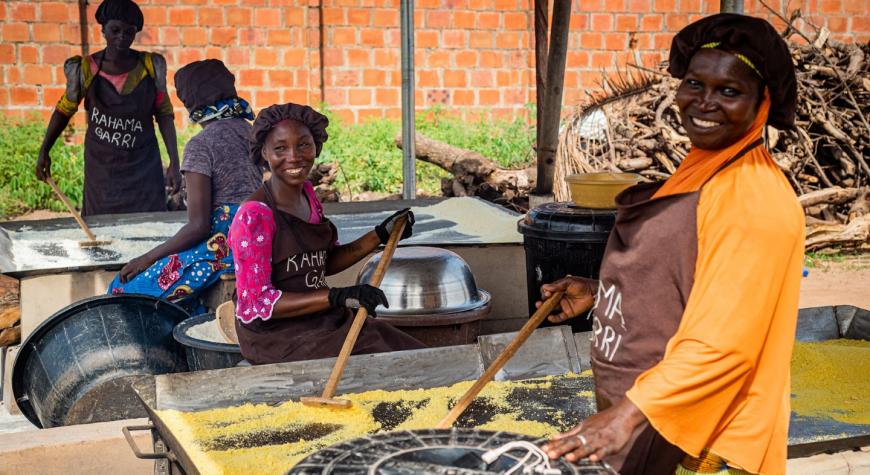


By SARA SAVASTANO/IFAD.org
It is easy to lose sight of the big picture when called upon to act quickly in response to the human tragedy caused by COVID-19. Even as the crisis unfolds before our eyes, governments, regional and international organizations, and civil society have leapt into action to ameliorate immediate suffering and prevent the worst effects – and, slowly, to prepare to deal with the long-term consequences.
When? Where? Who?
Pandemics create both demand and supply shocks in all economic sectors, to varying degrees and at different rates. Although the agricultural sector tends to be more resilient than other sectors, to the extent that the pandemic disrupts regional and international trade, the food system in developing countries can still take a significant hit. And for countries that rely on food imports, a food systems crisis may hit earlier than the effects of the pandemic itself.
In the short run, demand can decrease significantly due to loss of income and overall economic slowdown. This is particularly critical for small and medium-sized enterprises (SMEs) in the midstream and downstream parts of the agrifood sector (i.e. processing, transportation and distribution), as well as for SMEs outside the agrifood sector. Most households in these sectors, particularly those of informal day labourers, have little or no safety net to weather the storm – hence, a loss of income has implications for their food security and nutrition.
The short-term effects on the supply side are likely to be smaller for the food sector, as upstream agricultural production in developing countries relies mainly on family labour, which is relatively unaffected by measures such as lockdowns. However, if market linkages are broken due to pandemic response measures, the supply of food could decrease in the mid- and upstream. If connectivity is not restored in the medium- to long term, production and supply could decrease over time as well.
The effects of the pandemic are also likely to be different along the rural-urban continuum. More urbanized areas may be harder hit than remote rural areas if connectivity remains broken down, as most food is produced in rural and semi-rural areas.
Lastly, the effects of the pandemic are certain to affect some segments of IFAD target groups more severely than others. Overall, women, youth and persons with disabilities are likely to feel the effects much more strongly, given that these groups are already disadvantaged in accessing economic and financial resources.
Given all of these various links and interrelated effects, it is essential that all interventions must be holistic in design.
How?
IFAD’s impact analyses have shown that value chain development is the most effective intervention type for achieving our strategic objectives across continents, and that a set of interlinked project components is the best way to achieve impact.
One possible approach would combine agricultural and social protection support to address short-term needs as well as speed up medium- to long-term recovery. Central to this approach would be agrifood systems. With their ability to connect rural and urban areas and to create employment all along the value chain, they are invaluable to any recovery effort.
This approach would focus on linking supply and demand in agrifood systems through digital connection and mobile financial services, and would involve three simple and interlinked components:
The approach described above is still theoretical, drawing from IFAD’s previous successful interventions as well as the latest relevant literature. Meanwhile, IFAD has already taken concrete actions along these lines to assist beneficiary countries.
To date, IFAD has identified specific measures to adapt and build rural people’s resilience to COVID-19 in 73 of our projects, operating across 60 countries. This number is increasing daily as IFAD country teams, together with partners, continue to develop concrete plans to support the COVID-19 response and to avoid setbacks to developmental progress already achieved. A broader strategy along the lines described above is also under development, which will address immediate needs as well as ensure long-term resilience in beneficiary countries.
With the upcoming 2021 UN Food Systems Summit, donors and the international development community are already engaged to transform food systems to be inclusive, sustainable, efficient, healthy and in line with the Sustainable Development Goals. The COVID-19 crisis has underlined that connectivity is crucial to making it happen.
Learn more about how IFAD promotes inclusive finance and helps rural producers access markets.